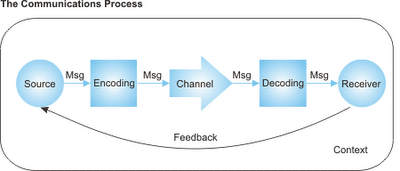ü Conduct an Audience Analysis
Ask yourself:
- What do they have in common? Age? Interests? Ethnicity? Gender?
- Do they know as much about your topic as you, or will you be introducing them to new ideas?
- Why are these people listening to you? What are they looking for?
- What amount of detail will be effective for them?
- What tone will be most effective in conveying your message? (E.g. neutral, animated/comedic, assertive, serious etc?)
- What might offend or distance them?
ü Practice the Speech before a friend or in front of the mirror
After you have completed the task, ask yourself the following questions:
- Which pieces of information are clearest?
- Where did I connect with the audience?
- Where may listeners be confused about my description or explanation?
- Where may the listeners become bored?
- Where did I have trouble speaking clearly?
- Did I stay within my time limit? (5 MINUTES)
ü Complete speech outline with references
General Tips
1. Practice the Attention Getter (i.e Short story, Quote, Poem etc, related to the topic, used to grab audience’s attention before beginning speech)
2. Help audience to listen and stay focused. Avoid lengthy sentences, use humour where appropriate)
3. Use only the most significant and relevant examples when explaining/describing/informing.
4. Utilize transition words (E.g. firstly, secondly, In concluding, In closing etc)
5. Ensure that body language/posture during speech is not distracting and that you are neatly attired


